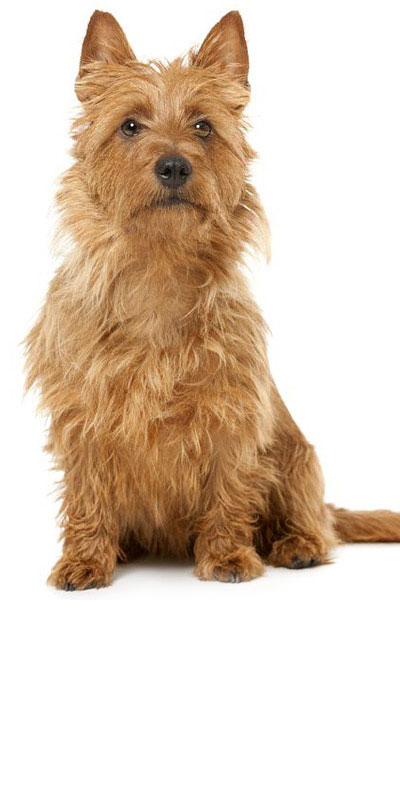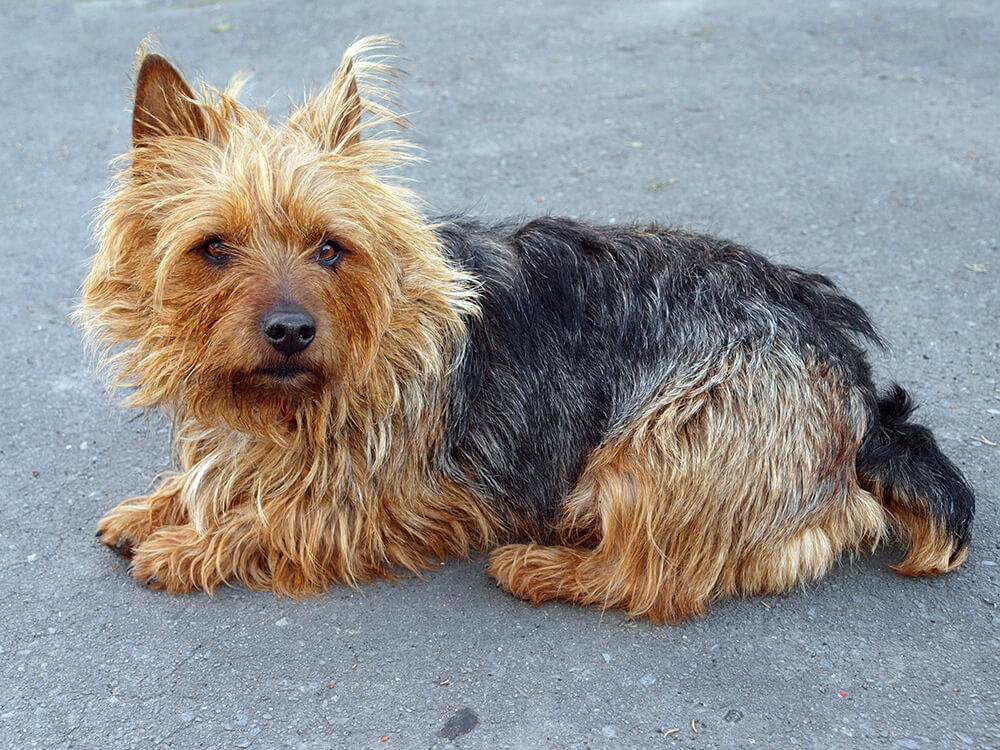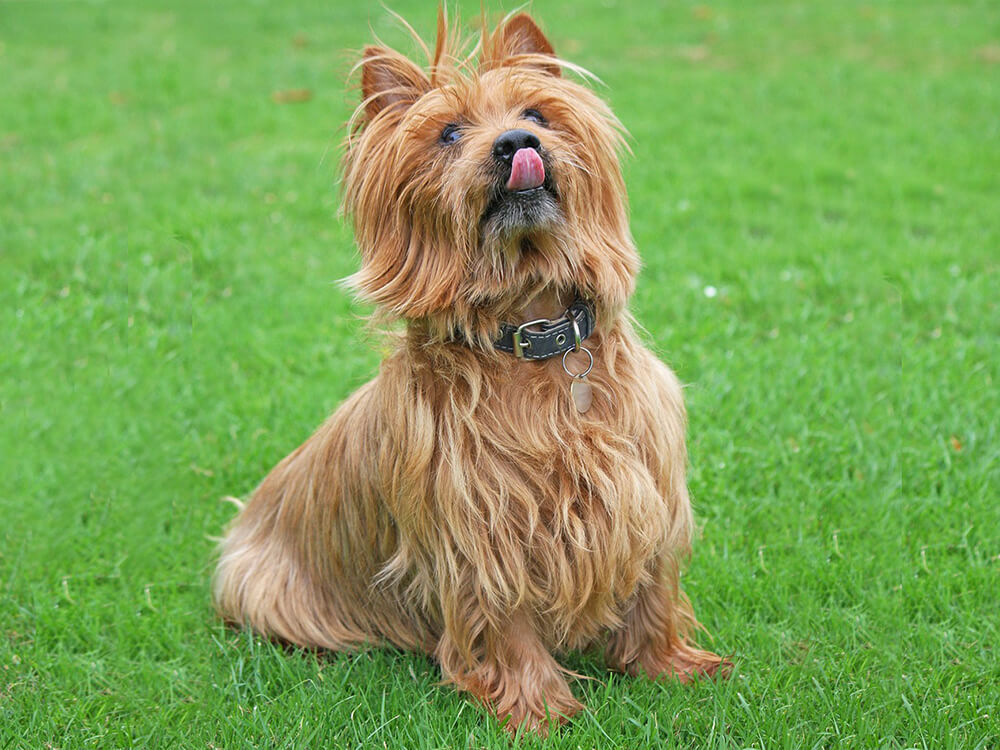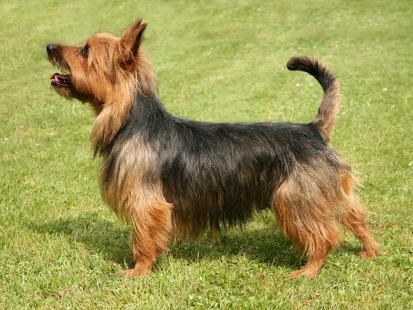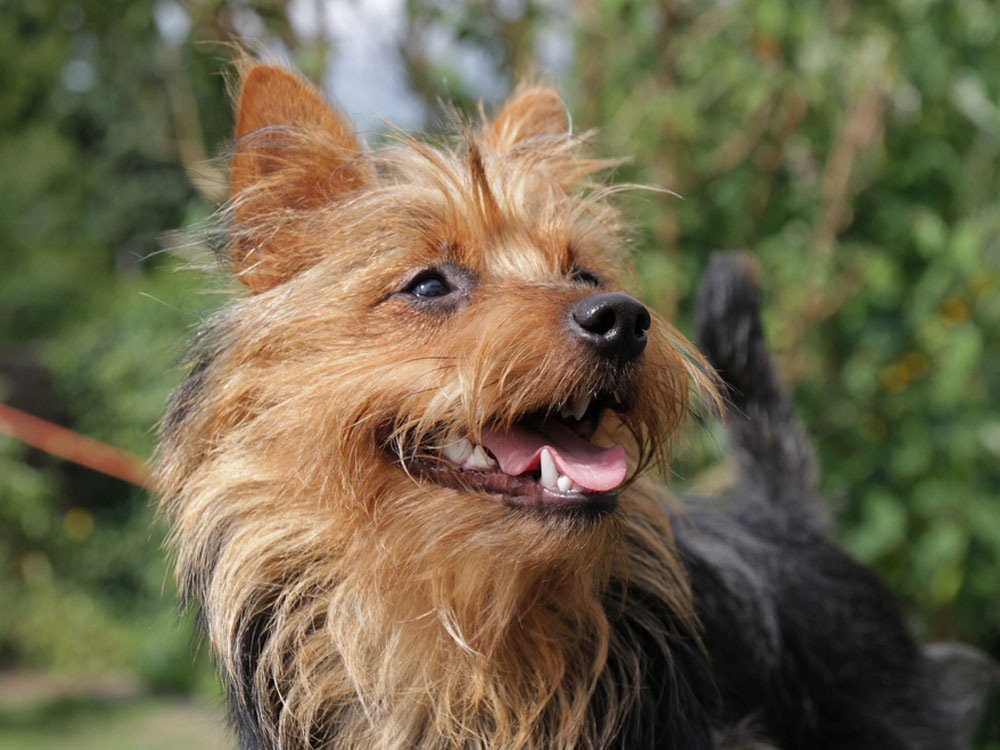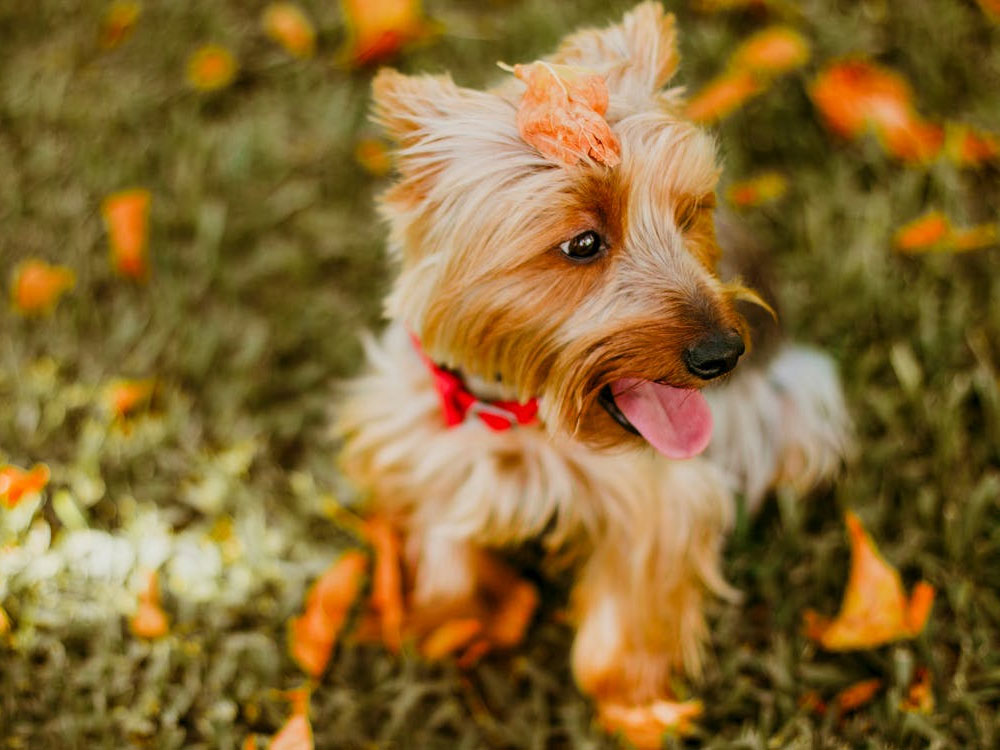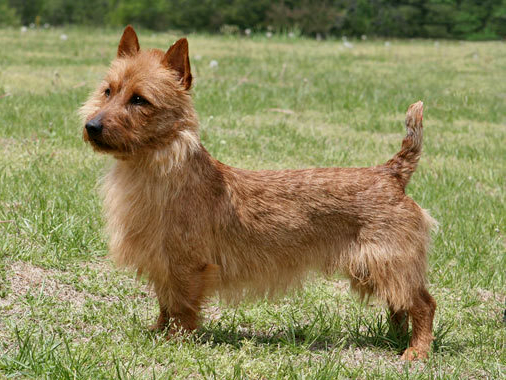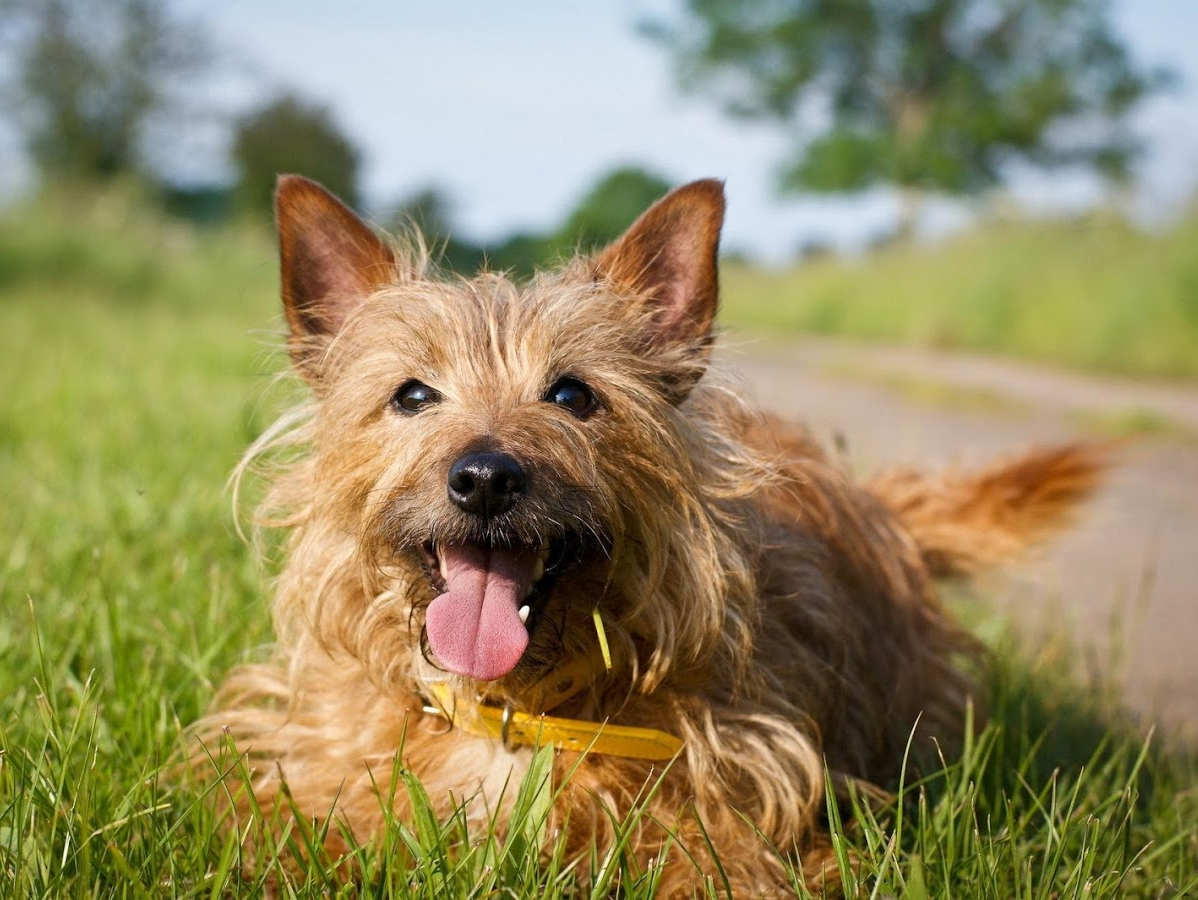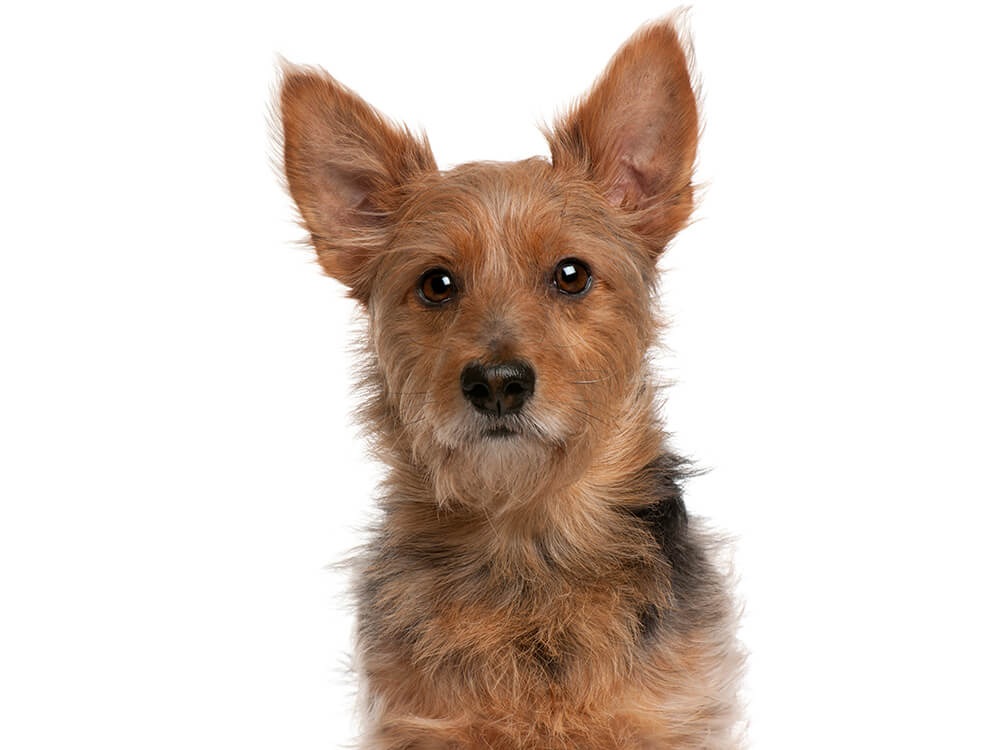
Australian Terrier Breed Pictures
Vital Breed Stats
| Height: | 22 - 25 cm M | 22 - 25 cm F |
| Weight: | 6 - 7 kg M | 5 - 6 kg F |
| Breed Group: | Working Dog Group |
| Life Expectancy: | 13 - 15 years |
| KC Registered: | No |
Breed Characteristics
| Size: |  |
| Grooming: |  |
| Exercise Level: |  |
| Trainability: |  |
| Barking Level: |  |
| Good with Children: |  |
| Good with other pets: |  |
| Affectionate: |  |
| Protective: |  |
| Cost to Keep: |  |
Give a thumbs up if you love the Australian Terrier

0
More About the Breed
History
The smallest of the working terriers, the Australian Terrier is said to have descended from a native dog called a rough-coated terrier. This type, also related to the old Scotch dog from Great Britain, was crossed with other British terriers in Australia. These included the Skye, the Yorkshire, and the black and tan terriers. Not to be confused with the Australian shepherd, the Aussie was bred to hunt and eradicate snakes and rats. The breed was also used as a shepherd, watchdog, and companion dog.
The Aussie is the first native breed recognised and included in shows in the land down under in 1868. It was under the name Australian rough-coated terrier, which was renamed to Australian terrier in 1897. The Kennel Club officially recognised it in 1933.
Appearance
The Aussie weighs around 14–16 pounds and stands 24–26 centimetres at the withers. This small and sturdy pooch is long in proportion to its height. It has a long head with a flat skull and a slightly-arched neck. It has small prick ears free from long hair.
The Australian Terrier has a shaggy and rough weatherproof double coat that resists tangles and easily repels dirt and mud. The hair on the chest and head is longer than the rest of the body.
Grooming
The Australian Terrier sheds very minimally and can be groomed easily. It can be brushed once a week and bathed only as needed. Once every three months is optimal as bathing it frequently will cause dryness and ruin the breed’s coarse terrier coat.
Apart from taking care of your dog’s coat, make sure that its teeth are brushed regularly because small breeds are prone to dental issues. Also trim its nails, as well as look out for flees, skin irritations, and other abnormalities.
Temperament
Intelligence
It can act dominant, so it is best to establish early that you are the pack leader. However, you will be pleased to know that it has empathy towards the elderly, disabled, and children. As with other dogs, close supervision is needed with young unruly kids. Learning can be easy for an Aussie, but repetitive lessons can become boring. Keep your training fun and challenging. Positive reinforcements will also help make training easy.
There may be a particular predisposition when it comes to a breed’s intelligence and personality. However, environment, training, and socialisation can also influence in raising a well-rounded dog.
Nutrition
- Senior and less active: up to 460 calories daily
- Typical adult: up to 500 calories daily
- Physically active/working dog: up to 600 calories daily
Feeding
Health
Exercise
Cost of Ownership
The love and loyalty that owners receive from their dogs are priceless. However, the reality is that dog ownership is costly. A rough estimate to care for an Australian Terrier will be £60–£100 per month. The amount depends on the insurance coverage you choose, which can be around £17 for basic and £40 for a lifetime. Food and treats cost about £45 a month. Essential equipment like crates, beds, leads, collars, bowls, and others will be an additional £200.
In terms of maintaining the well-being of your dog, veterinary costs for initial and booster vaccination, regular health checks, and neutering/spaying can go as high as £900 per year. This does not include major veterinary procedures and long-term treatments in case your dog needs them. An Australian Terrier puppy will cost from £200 and £500.
Is an Australian Terrier Right for You?
- The Australian Terrier is a small dog that takes up less space.
- It easy to groom because of its shaggy and rough weatherproof coat that resists tangles and repels dirt.
- It is an intelligent, confident, and silly dog.
- It may be stubborn, but has empathy towards the elderly and kids.
- The breed is active and has high exercise needs.
